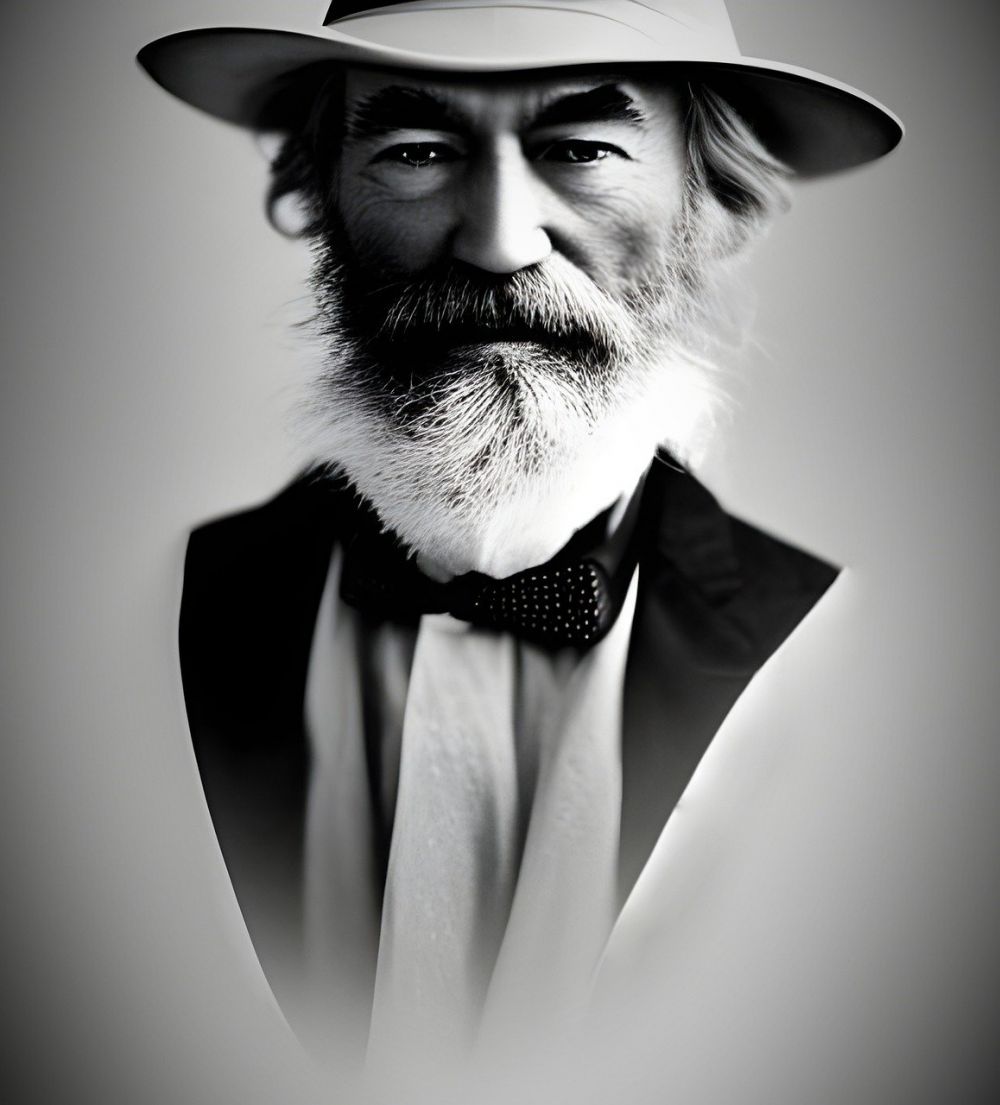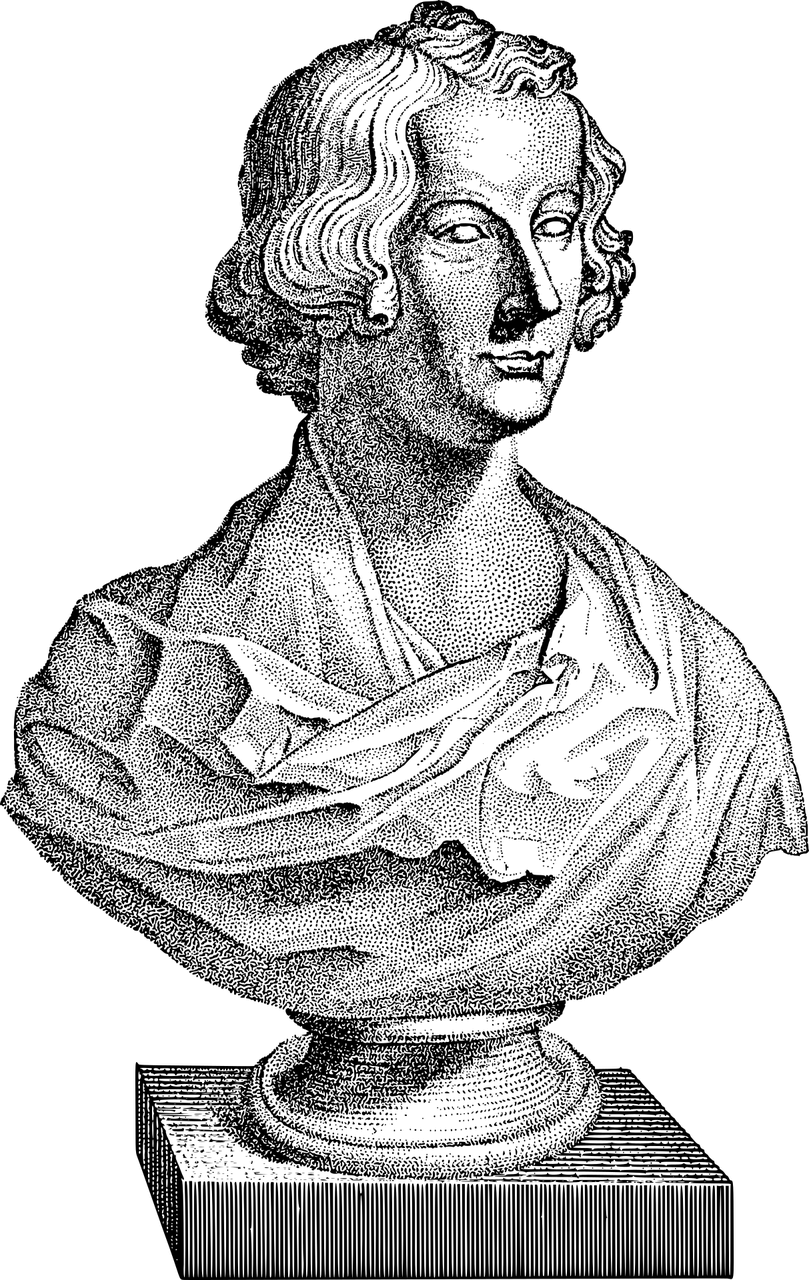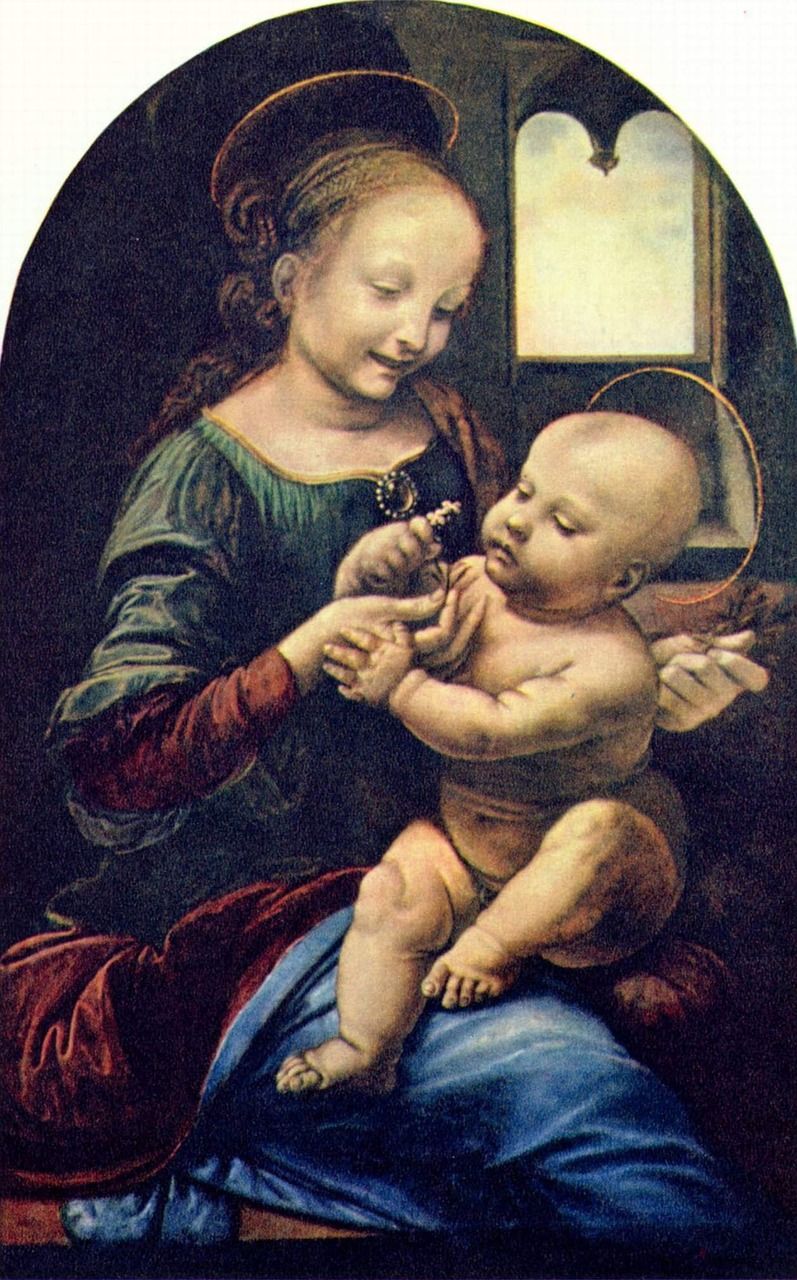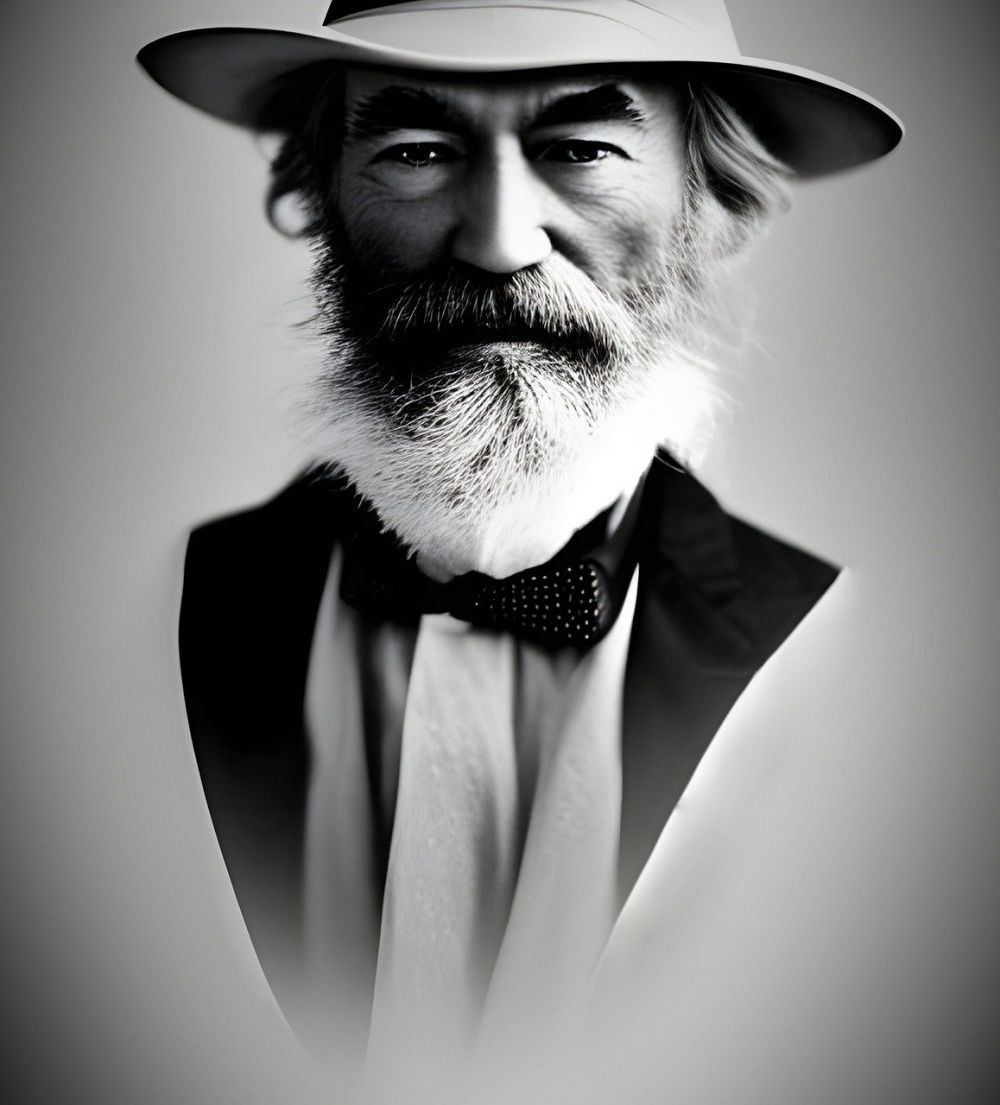Peter Høeg: Digging into the Mind of a Literary Genius

Introduction:
With his enigmatic storytelling and masterful command of language, Peter Høeg has established himself as one of Denmark’s most celebrated authors. His works have captivated readers worldwide, delving into the depths of human nature, exploring philosophical concepts, and challenging traditional literary conventions. In this article, we will delve into the life, works, and evolution of Peter Høeg, providing a comprehensive overview for those interested in delving into the mind of this literary genius.
Historical Background:

Peter Høeg was born on May 17, 1957, in Copenhagen, Denmark. Growing up in a family of academics, his passion for literature was nurtured from an early age. After completing his education at the University of Copenhagen, where he studied literature and philosophy, Høeg embarked on his writing career, stunning the literary world with his debut novel, “The History of Danish Dreams,” published in 1988.
Evolution of Peter Høeg’s Writing:
Høeg’s early works showcased his unique ability to blend literary genres seamlessly. His novels were characterized by a fusion of mystery, magical realism, and psychological introspection. This distinctive style was further exemplified in his breakout novel, “Miss Smilla’s Feeling for Snow,” published in 1992. The novel garnered international acclaim and cemented Høeg’s reputation as a literary force to be reckoned with.
Building on the success of “Miss Smilla’s Feeling for Snow,” Høeg continued to push the boundaries of conventional storytelling in subsequent works. “Borderliners,” published in 1993, explored themes of isolation and societal marginalization through the eyes of young protagonists. Høeg’s ability to capture the essence of human existence amidst complex societal structures further solidified his place in literary history.
In recent years, Høeg’s writing has taken a more contemplative turn, delving into existential questions and metaphysical concepts. His novel “The Quiet Girl,” published in 2006, introduced readers to a hermetic universe, where the boundaries between reality and fantasy blur. This multifaceted exploration of human consciousness earned Høeg critical acclaim and reinforced his status as a prominent figure in contemporary literature.
Key Themes and Influences:
Høeg’s works often tackle profound philosophical and ethical questions, challenging readers to introspect and question their own beliefs. Central themes that emerge from his corpus include identity, power dynamics, societal conformity, and the search for truth.
Høeg draws inspiration from a diverse range of literary influences, with notable references to existential philosophers such as Søren Kierkegaard and Friedrich Nietzsche. Their profound impact on his thinking can be observed through his exploration of the human condition and the nature of reality.
Recognition and Awards:
Peter Høeg’s literary achievements have not gone unnoticed. Throughout his career, he has received numerous awards and accolades, including the Glass Key Award for Best Nordic Crime Novel in 1994 and the Golden Laurels Literary Award in 2000. His novels have been translated into more than 40 languages, allowing readers around the globe to experience his unique literary tapestry.
Conclusion:
Peter Høeg’s literary prowess has not only transformed the Danish literary landscape but has also left an indelible mark on global literature. Through his captivating storytelling, deep introspection, and exploration of profound themes, he has earned the admiration and respect of readers and critics alike.
Whether you are a seasoned literature enthusiast or a curious beginner, diving into the works of Peter Høeg promises a captivating journey into the depths of human consciousness. So, immerse yourself in his writing, and allow his words to transport you to a world where the boundaries between reality and fantasy dissolve, leaving only profound truths in their wake.





